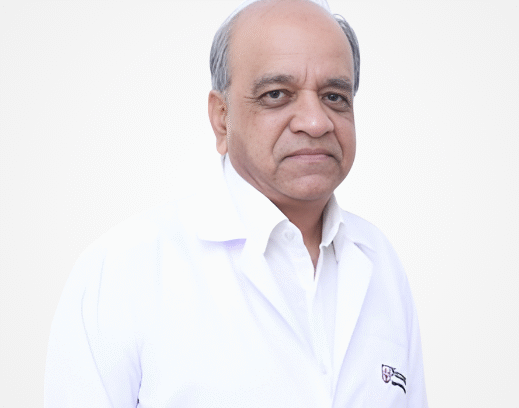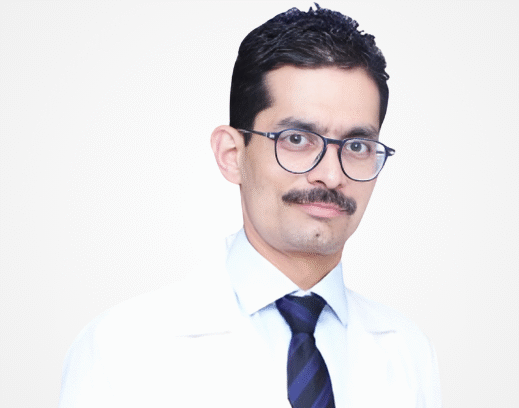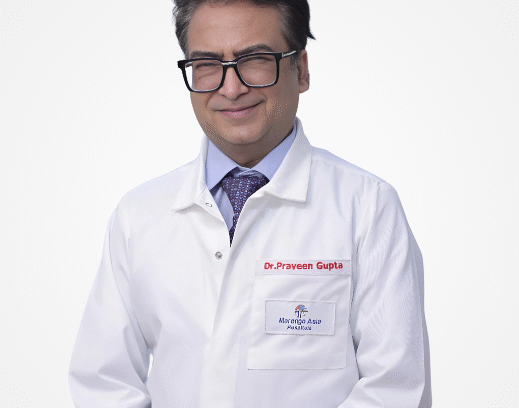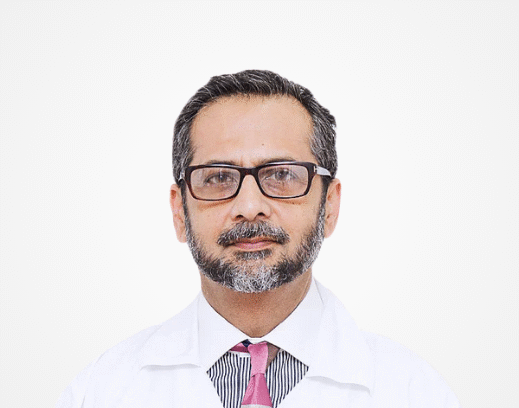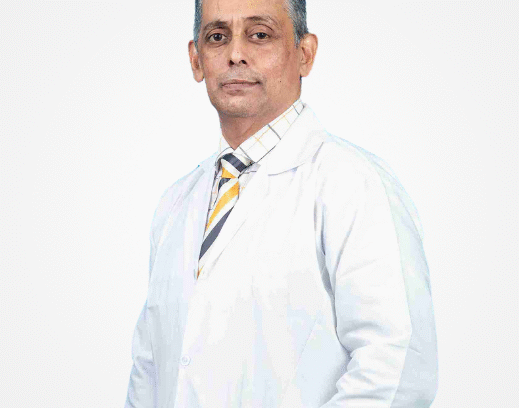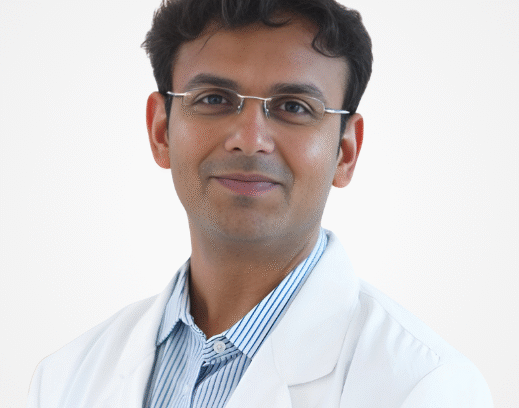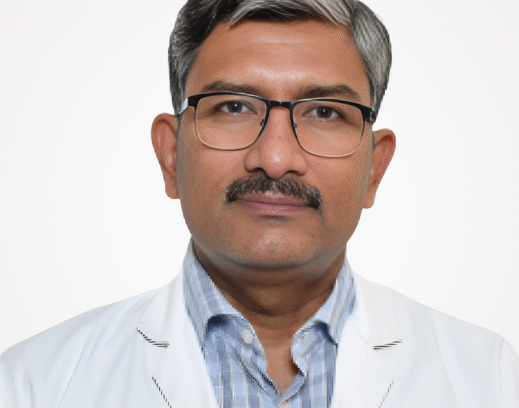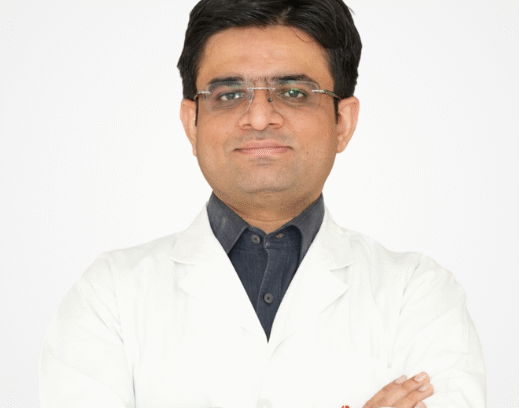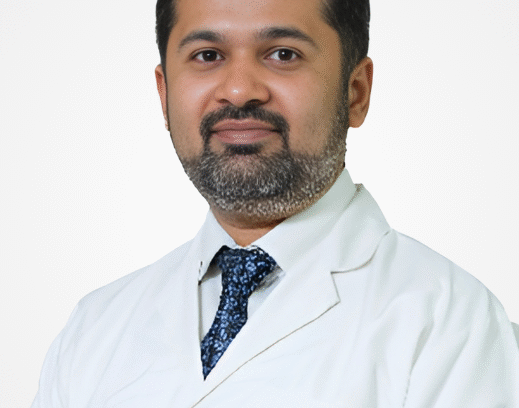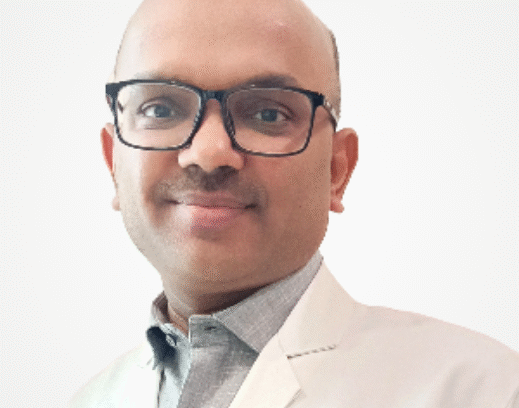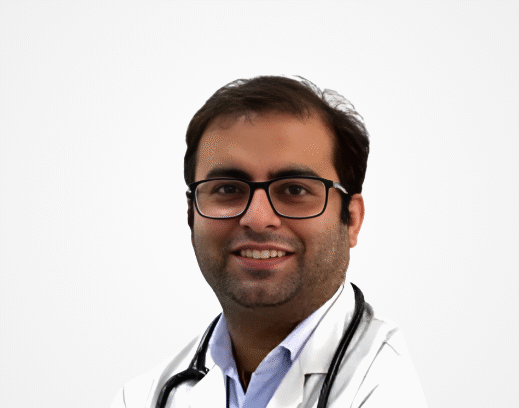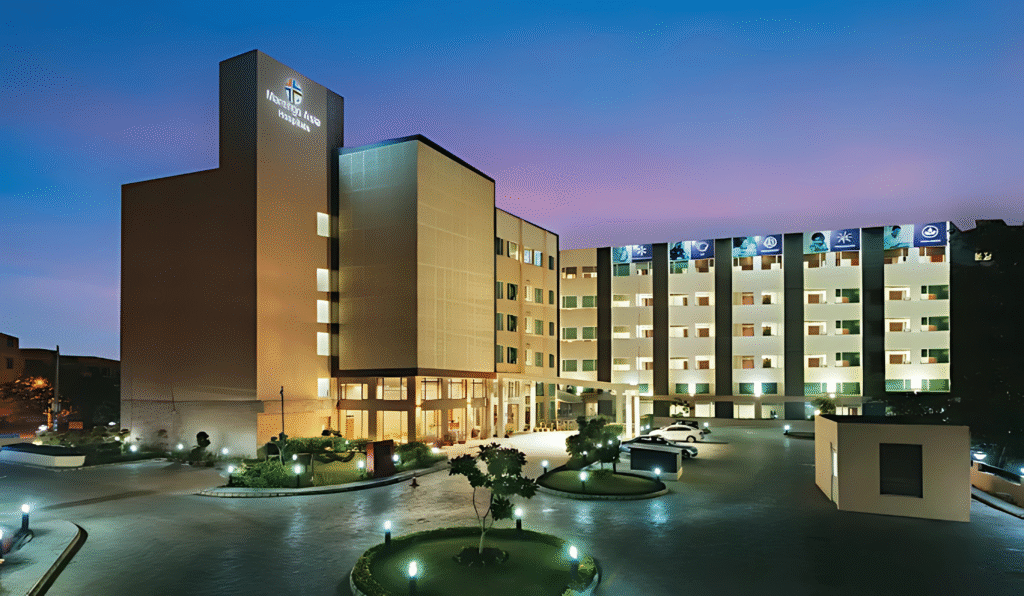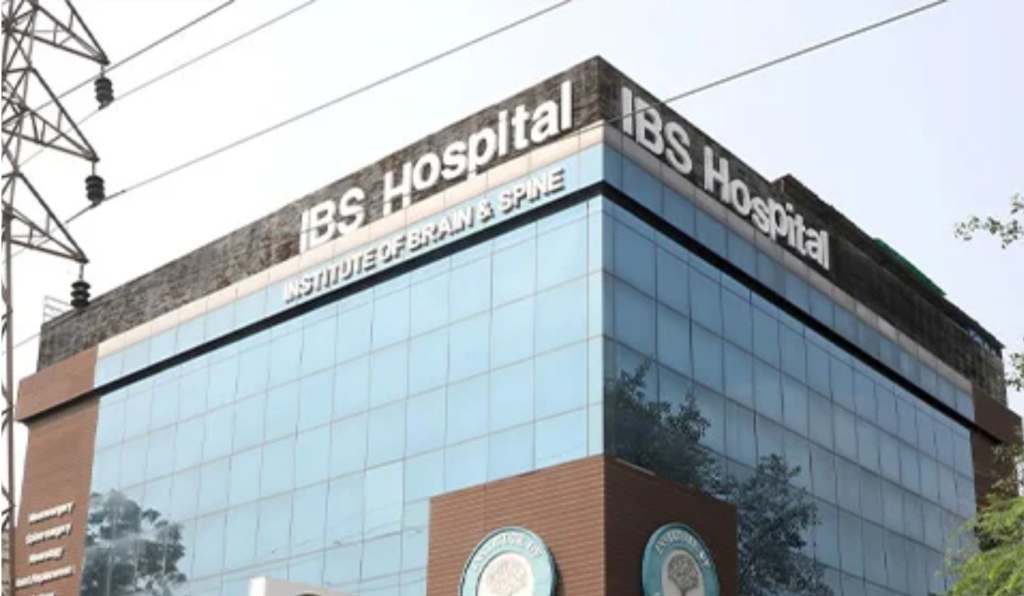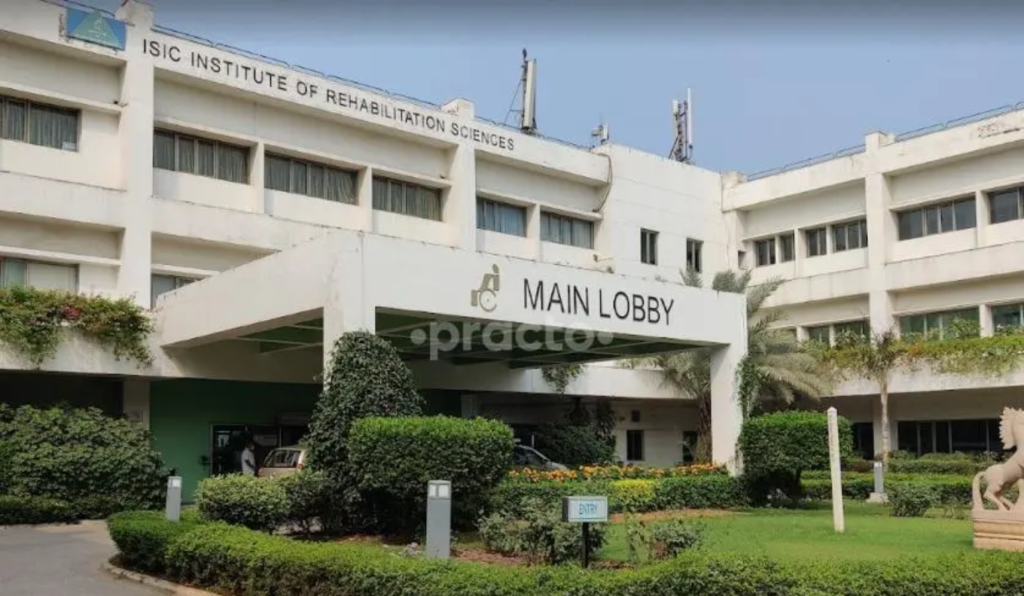Brain Aneurysm Treatment Cost in India

What is Brain Aneurysm?
A brain aneurysm is a bulge or ballooning in a blood vessel in the brain. It often looks like a berry hanging on a stem. Brain aneurysms can leak or rupture, causing bleeding into the brain (hemorrhagic stroke). A ruptured aneurysm can lead to life-threatening complications, while an unruptured aneurysm might go unnoticed until detected through imaging tests for other conditions.
How Does Brain Aneurysm Develop?
A brain aneurysm develops when the wall of a blood vessel in the brain becomes weakened and bulges outward.
This weakening may be congenital or due to acquired conditions like high blood pressure, atherosclerosis, or head trauma.
Over time, the aneurysm enlarges, increasing the risk of rupture.
Rupture leads to a hemorrhagic stroke, resulting in sudden bleeding in the brain and potentially fatal complications.
Unruptured aneurysms may develop silently without symptoms, often going undetected until found during imaging for another condition.
Causes and Risk Factors of Brain Aneurysm
A brain aneurysm, also known as a cerebral aneurysm, is a weak or thin spot on a blood vessel in the brain that bulges or balloons out and fills with blood. If it ruptures, it can lead to a life-threatening hemorrhagic stroke. While many aneurysms are asymptomatic and go unnoticed, some may enlarge, leak, or burst, requiring urgent medical attention.
Primary Causes of Brain Aneurysm
Congenital Weakness in Arteries: Some people are born with weak spots in their arterial walls that may develop into aneurysms later in life.
High Blood Pressure (Hypertension): Constant pressure can weaken artery walls and lead to bulging.
Atherosclerosis: The buildup of plaques in blood vessels can make arteries brittle and more prone to aneurysm formation.
Head Injury or Trauma: Physical damage to blood vessels in the brain can cause abnormal bulging or lead to aneurysms.
Infections (Mycotic Aneurysm): Rarely, bacterial infections can damage arterial walls and trigger aneurysm development.
Risk Factors Contributing to Brain Aneurysm
Family History: A genetic predisposition may exist if close relatives have had aneurysms.
Smoking: Tobacco use damages blood vessels and significantly increases the risk of aneurysm formation and rupture.
Gender: Women, particularly postmenopausal, are at slightly higher risk than men.
Age: Aneurysms are more common in individuals over 40.
Drug Use: Stimulants like cocaine or amphetamines can spike blood pressure and damage vessel walls.
Symptoms of Brain Aneurysm
Most brain aneurysms are asymptomatic until they rupture. Symptoms differ between unruptured and ruptured aneurysms.
Unruptured Aneurysm:
Vision problems
Pain above or behind the eye
Numbness or weakness on one side of the face
Ruptured Aneurysm (a medical emergency):
Sudden, severe headache (“worst headache ever”)
Nausea or vomiting
Loss of consciousness or seizures
Types of Brain Aneurysm
The most common type, it forms a rounded sac-like bulge on an artery, often at branch points in the brain. These are prone to rupture and lead to subarachnoid hemorrhage, which is a life-threatening medical emergency.
This type causes a widening along a section of an artery without a defined neck. Fusiform aneurysms are usually less likely to rupture but may still cause pressure on surrounding brain tissue.
These are caused by infections in the arterial wall. Though rare, they can lead to rupture and are associated with bacterial endocarditis or other bloodstream infections.
Dissecting aneurysms (caused by a tear in the artery wall) and traumatic aneurysms (resulting from head injury) fall under this category and are uncommon but dangerous.
Which Type of Brain Aneurysm is the Most Dangerous?
Ruptured saccular (berry) aneurysms are the most dangerous, as they can lead to a sudden, life-threatening subarachnoid hemorrhage, often causing death or severe neurological damage.
Why Choose India for Neurology and Neurosurgery Treatment?
India has become a global hub for advanced neurology and neurosurgery treatments, offering a unique combination of cutting-edge medical technology, experienced specialists, and compassionate care. Patients worldwide travel to India not only for high-quality treatments but also for the affordability and holistic healing approach that complements neurological recovery.
India is home to board-certified neurologists and neurosurgeons trained at top global institutions. They have extensive experience handling complex conditions such as brain aneurysms, epilepsy, multiple sclerosis, Parkinson’s disease, and more. Their deep expertise ensures accurate diagnosis and effective treatment plans tailored to individual needs.
Indian hospitals are equipped with the latest neurological diagnostic and treatment technologies, including:
Functional MRI and PET scans
Intraoperative neuro-navigation
Robotic-assisted neurosurgery
Deep Brain Stimulation (DBS) systems
These advancements significantly enhance precision in both surgical and non-surgical neurological care.
One of the biggest advantages of choosing India is the affordability. Treatment costs in India can be 50–70% lower than in the US, UK, or other Western nations, without compromising on quality. Pricing is often transparent, and patients receive clear breakdowns before the treatment begins.
Neurological recovery often requires long-term rehabilitation. Indian hospitals offer integrated neuro-rehab services including:
Physiotherapy and occupational therapy
Speech and cognitive rehabilitation
Pain and stress management programs
This ensures patients receive holistic care throughout their recovery journey.
Unlike in many countries where wait times for neurological or neurosurgical consultations and procedures can stretch for weeks or months, Indian hospitals offer quick scheduling and immediate access to treatment, especially critical in time-sensitive cases like strokes or brain tumors.
India is a global leader in medical tourism, offering:
✔ Dedicated international patient coordinators
✔ Medical visa assistance for easy travel
✔ Affordable accommodation & travel support
✔ Multilingual staff, including English-speaking doctors
This ensures a smooth and hassle-free experience for foreign patients traveling to India for treatment.
Different Types of Treatments for Brain Aneurysms
Brain aneurysms are bulging, weakened areas in the wall of a brain artery that can rupture and cause life-threatening bleeding (hemorrhagic stroke). In India, treatment aims to prevent rupture or manage post-rupture complications through medication, surgical intervention, and lifestyle control.
How It Works:
Medications such as calcium channel blockers and anti-seizure drugs reduce vasospasm, manage blood pressure, and prevent complications like seizures post-aneurysm.
When It’s Used:
For small, unruptured aneurysms or to stabilize patients before or after surgery.
Benefits:
Reduces risk of rupture
Controls symptoms like headaches or seizures
Supports recovery post-procedure
How It Works:
Surgical clipping is the primary method for sealing off the aneurysm from blood flow, involving the placement of a metal clip around its base.
When It’s Used:
Recommended for accessible aneurysms at high risk of rupture or post-rupture emergencies.
Benefits:
Prevents future ruptures
Long-term durability
Reduces pressure on brain tissue
How It Works:
A minimally invasive approach that fills the aneurysm with coils via a catheter inserted through the groin, causing clotting and sealing it off.
When It’s Used:
Preferred for deep or hard-to-access aneurysms or when open surgery is too risky.
Benefits:
Minimally invasive
Shorter hospital stay
Reduced surgical complications
How It Works:
Use of antihypertensive medications to reduce arterial pressure and the risk of aneurysm rupture.
When It’s Used:
Continuously in patients with aneurysms or post-treatment to prevent re-bleeding or new aneurysm formation.
Benefits:
Reduces risk of rupture
Supports long-term vascular health
Easy to manage with medication
How It Works:
Encourages quitting smoking, reducing alcohol intake, managing stress, and adopting a heart-healthy diet to lower aneurysm risk.
When It’s Used:
For all patients, especially those with small aneurysms being monitored non-surgically.
Benefits:
Supports overall vascular health
Non-invasive approach
Empowers long-term patient involvement
Different Procedures for Brain Aneurysms
India offers state-of-the-art surgical and endovascular techniques for treating brain aneurysms. These procedures are performed by experienced neurosurgeons and interventional neuroradiologists, ensuring both safety and efficacy.
How It Works:
A metal clip is placed at the neck of the aneurysm during open brain surgery, stopping blood flow into the aneurysm sac.
When It’s Used:
For large, accessible aneurysms at high risk of rupture.
Benefits:
Permanent solution
Low risk of recurrence
Effective for complex aneurysm shapes
How It Works:
A stent-like device is placed across the aneurysm neck, redirecting blood flow away from the sac and encouraging natural vessel healing.
When It’s Used:
Ideal for large, wide-necked, or fusiform aneurysms that are difficult to coil.
Benefits:
Minimally invasive
Long-term remodeling of the artery
Effective for complex aneurysms
How It Works:
Soft platinum coils are inserted into the aneurysm to promote clotting and prevent rupture, done via catheter navigation.
When It’s Used:
Frequently used for ruptured aneurysms or smaller unruptured ones deep in the brain.
Benefits:
Minimally invasive
Quick recovery
Suitable for high-risk surgical patients
How It Works:
A stent is deployed to support coil placement within wide-neck aneurysms, preventing coil migration into the parent vessel.
When It’s Used:
When standard coiling is insufficient due to aneurysm shape or size.
Benefits:
Enhanced coil stability
Allows treatment of wide-necked aneurysms
Minimizes risk of re-bleeding
How It Works:
Utilizes keyhole craniotomy or endoscopic techniques to access and treat aneurysms with minimal disruption to surrounding brain tissue.
When It’s Used:
In patients where full craniotomy poses high risk or for small, shallow aneurysms.
Benefits:
Less post-op pain and scarring
Shorter hospital stay
Reduced recovery time
Best Doctors for Brain Aneurysm Treatment in India
Best Hospitals for Brain Aneurysm Treatment in India
Med Travel India Offerings
How does Med Travel India help you?
Med Travel India is dedicated to assisting international patients in accessing high-quality prostate cancer treatment in India. From selecting the best hospitals to providing logistical support, we ensure a seamless medical journey. Our team works closely with top oncologists and healthcare facilities to offer personalized treatment plans tailored to each patient’s condition.
We take care of every aspect of medical travel, allowing patients to focus solely on their recovery. Below is a list of services provided by our company:
Services offered by Med Travel India

Seamless Planning for Your Medical Journey
Before you even arrive, we take care of all the groundwork. From connecting you with top specialists to ensuring all necessary medical evaluations are completed, we make your journey stress-free. Our goal is to provide clarity and comfort before your treatment begins.
- Free Medical Consultation
- Personalized Treatment Plan
- Estimated Cost & Duration
- Visa Assistanc
- Second Opinion Service
- Pre-Arrival Coordination
Worry-Free Travel & Comfortable Stay
We ensure that your journey to India is as smooth as possible. From booking your flights to arranging a comfortable stay near your hospital, we handle everything so you can focus on your health.
- Flight Booking Assistance
- Accommodation Booking
- Airport Pickup & Drop
- Language Interpretation Services
- Local Transport Arrangements
- Currency Exchange Support


World-Class Medical Care, Personalized for You
We ensure that your medical treatment is well-organized and efficient. Our team works closely with hospitals to facilitate smooth admissions, consultations, and procedures, ensuring you receive top-quality healthcare.
- Priority Appointment Scheduling
- Direct Hospital Admission
- Specialist Doctor Assignment
- Pharmacy & Medical Supplies
- Hospital Admission & Discharge Support
- 24/7 Customer Assistance
Continued Support for a Speedy Recovery
Your health journey doesn’t end after treatment. We provide post-procedure assistance to ensure a smooth recovery, whether you stay in India for rehabilitation or return home.
- Post-Surgical Care Coordination
- Rehabilitation & Physiotherapy
- Virtual Doctor Consultations
- Diet & Lifestyle Guidance
- Extended Stay Arrangements
- Post-treatment Medical Supplies


Beyond Healthcare, A Comfortable Experience
We offer additional services to make your stay in India comfortable and enriching, ensuring that your well-being is cared for beyond the hospital.
- Medical Insurance Settlement Help
- SIm Card Assistance
- Customized Sightseeing Tours
- Medical Document Assistance
- Personalized Assistance for Family Members
- Concierge Services

